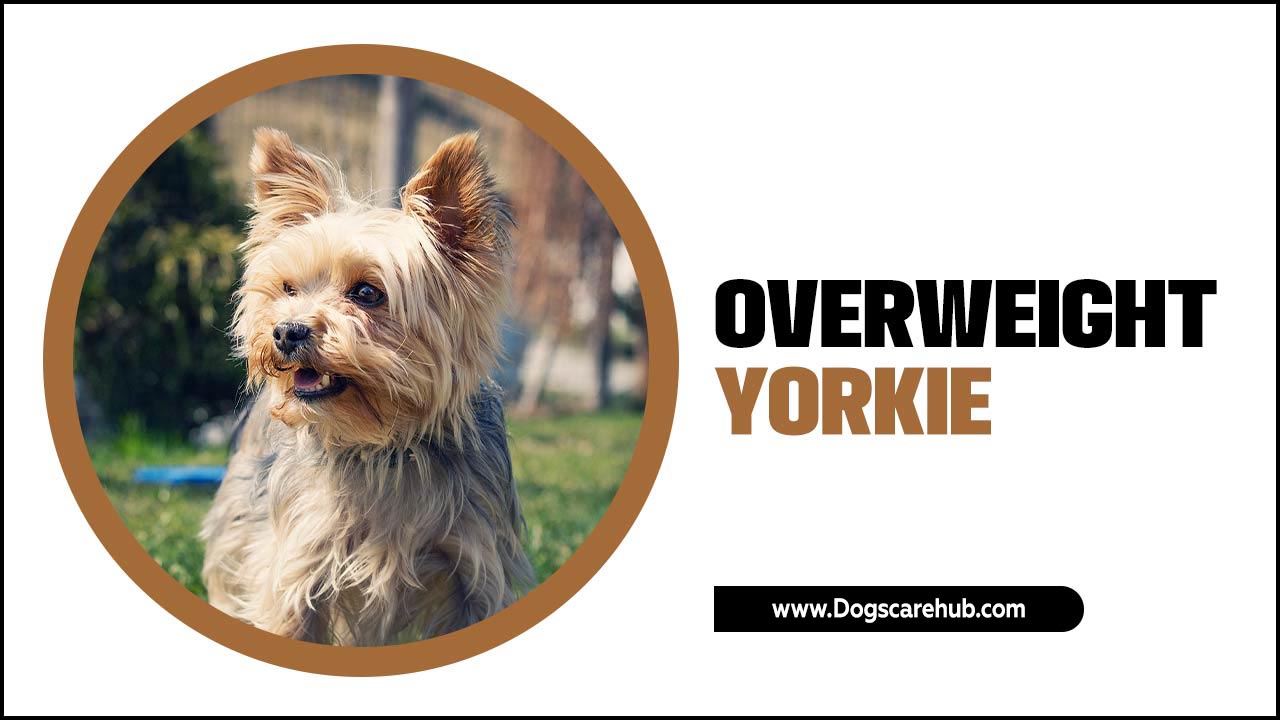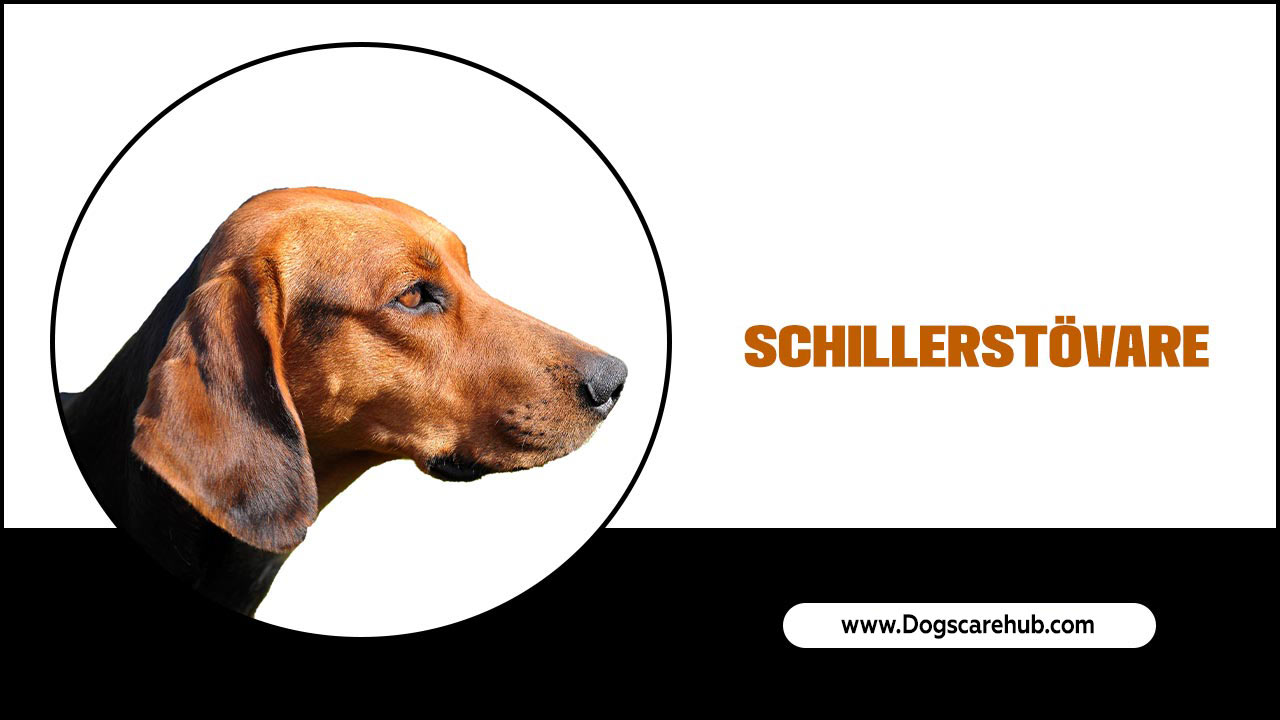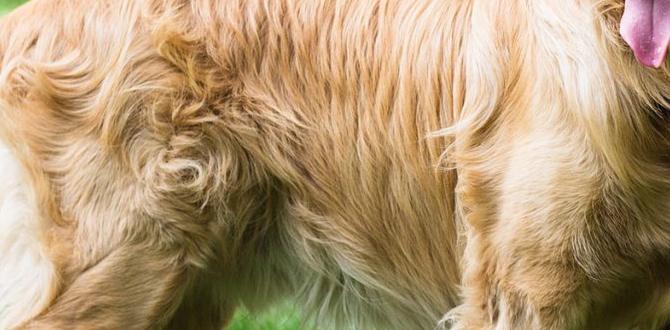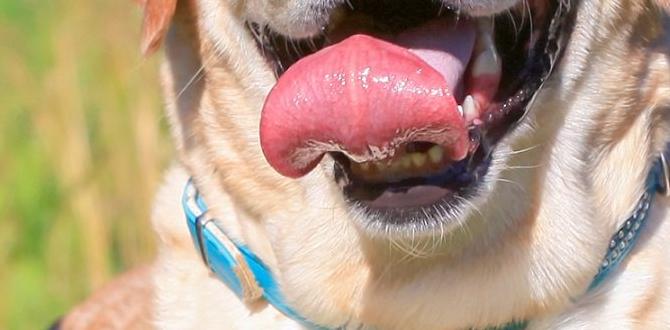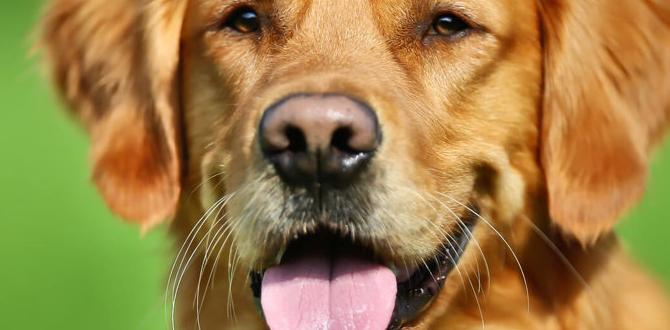Have you ever noticed your dog won’t stop growling? It can be quite startling. You might wonder, “Why is my pup behaving this way?” Dogs sometimes growl to express feelings. They might feel scared, protective, or even playful. Understanding their growling can help you connect better with your furry friend.
Imagine walking in the park with your dog. Suddenly, they start growling at another dog. What does it mean? Is your dog scared, or are they trying to say something? This behavior isn’t just noise; it’s a form of communication.
Knowing why your dog won’t stop growling can help you change their behavior. It’s important to listen and pay attention to their cues. After all, a happy dog leads to a happy owner!
Understanding Why Your Dog Won’T Stop Growling: Causes & Solutions

Why Your Dog Won’t Stop Growling
Is your dog growling more than usual? This behavior often signals discomfort, fear, or a need to protect. Dogs growl to communicate when they feel threatened or anxious. Understanding this is crucial for pet owners. For instance, your dog might growl when a stranger approaches. It’s a warning, not an attack! Identifying what triggers this behavior can help you respond better. Remember, a calm environment may reduce their anxiety and growling.Common Reasons for Growling in Dogs
Understanding fearbased growling. Exploring territory and resource guarding behaviors.Dogs growl for different reasons. Understanding these reasons is important. One common cause is fear. If a dog feels scared, it may growl to show it wants to be left alone. This is mainly called fear-based growling.
Another reason is guarding. Some dogs protect their toys, food, or space. They might growl to warn others to stay away from what they see as theirs. Dogs can be protective of their homes and family too.
- Fear-based growling indicates discomfort.
- Resource guarding can involve food or toys.
- Territory guarding happens at home or when meeting new dogs.
What causes growling in dogs?
Growling often comes from fear or the need to protect things. Fear causes growling when a dog feels threatened. Resource guarding happens when a dog feels someone may take their food or toys.
Body Language: What Your Dog Is Trying to Communicate
Identifying different types of growls. Reading other body language signals (ears, tail, posture).Growling can mean different things for your dog. Here are some types, along with body signals to watch:
- Low growl: It may show fear or warning.
- High-pitched growl: This often signals excitement or playfulness.
- Silent growl: This can indicate stress or discomfort.
Along with growling, your dog’s body language tells a lot:
- Ears: When ears are back, your dog may feel scared.
- Tail: A wagging tail often means happiness.
- Posture: If your dog stands tall, it feels confident.
Understanding these signals helps you know what your dog is feeling. Safe and happy dogs communicate better!
What Are the Signs of a Happy Dog?
Your dog shows happiness through play and excited barking. A wagging tail and relaxed body mean joy too! When your dog seeks cuddles, it loves you. Watch these signs to see how happy your furry friend is!
Environmental Triggers for Growling
Stress factors in the home environment. Impact of new people, pets, or changes in routine.Many things around your dog can make it feel stressed. Changes at home can cause worry. For instance, a new pet or person can upset its routine. Even small things can create tension. Here are some common stress triggers:
- New people visiting your home
- Bringing in other pets
- Changes in daily schedule
- Moving furniture
Each of these can make your dog growl more. Understanding these stress factors can help you make your home a happier place for your furry friend.
What causes a dog to growl?
Stress, fear, and territory are the main reasons. Dogs may growl when they feel uneasy or want to protect their space.
Behavioral Assessment: When to Seek Professional Help
Signs that indicate a behavioral issue. Understanding when to consult a dog trainer or behaviorist.Some signs can show your dog has behavior problems. If your dog growls a lot, it may feel scared or angry. Other signs include barking too much, hiding, or showing teeth. It’s important to act if you see these signs. Understanding the right time to seek help is key.
- If the growling doesn’t stop.
- If your dog becomes aggressive.
- If the growling happens around certain people or pets.
A dog trainer or behaviorist can help change these behaviors. They know many ways to improve your dog’s actions and make your home safe. Don’t hesitate to reach out for support!
When should you ask for help with your dog’s behavior?
If your dog growls often and shows signs of fear or aggression, seek help right away. Ignoring it can lead to bigger problems.
Techniques to Address Excessive Growling
Techniques for managing fearbased growling. Positive reinforcement strategies for behavioral modification.Managing a dog’s fear-based growling can feel like solving a puzzling riddle. First, use positive reinforcement. Reward your dog with treats when they stay calm. It’s like giving them a gold star for good behavior! Next, create a safe space. This can help your pup feel more secure. Remember, patience is key. Here’s a fun tip: talk to your dog calmly, as if you’re sharing a secret. They enjoy the sound of your voice!
| Technique | Description |
|---|---|
| Positive Reinforcement | Reward calm behavior with treats or praise. |
| Safe Space | Provide a cozy area for your dog to relax. |
Preventive Measures: Training and Socialization Tips
Importance of early socialization for puppies. Ongoing training exercises to promote calm behavior.Early socialization is like a puppy’s first day of school. It helps them meet other dogs and people while learning good behavior. Their first experiences shape their reactions later. So, the more they explore, the better! Ongoing training is important too. Try fun exercises like ‘sit’ or ‘stay’ to promote calm behavior. Treats make great motivators—who doesn’t love snacks? Below are easy tips to keep your pup happy and quiet:
| Training Tips | Socialization Ideas |
|---|---|
| Use treats during training. | Organize playdates with other dogs. |
| Practice short commands daily. | Visit parks or pet-friendly places. |
| Keep sessions fun and brief. | Expose them to new people. |
Remember, even a growling dog can learn to be a friendly pup with some patience and love!
FAQs About Dog Growling
Common questions and concerns from dog owners. Misconceptions about growling and aggression.Dog growling can puzzle many owners. Some think it means their dog is angry, but that’s not always true! Growling can actually show how a dog feels, like warning us that they’re scared or unsure. It’s their way of talking. Here are some common questions:
| Question | Answer |
|---|---|
| Is growling always bad? | No! It can be a sign of fear or discomfort. |
| Should I be worried? | Not necessarily. Understanding the context is key! |
| Can growling mean playfulness? | Absolutely! Dogs often growl while playing. It’s like their own laugh! |
Remember, knowing why your furry friend is growling helps you respond better. It’s all about reading the dog’s cues and keeping communications clear. So, don’t panic when you hear a growl; just think of it as a little chat!
Case Studies: Real-Life Experiences and Outcomes
Success stories of resolving growling issues. Learning from challenges and setbacks in behavior modification.Many owners have found success in calming their dogs’ growling through patience and training. One dog, Max, growled when scared. His owner learned about triggers and worked using positive reinforcement. Soon, Max felt safe and stopped growling. Here are some tips from other cases:
- Understanding the reason for growling is key.
- Consistent training helps build trust.
- Patience is important as change takes time.
While some faced setbacks, they learned valuable lessons that led to positive outcomes. Each journey is unique, but success stories inspire! Building a bond with your dog is rewarding.
How to Handle Dog Growling?
To manage dog growling, first identify the cause. Is it fear, protection, or frustration? Understanding triggers can help you respond effectively.
Conclusion
In conclusion, if your dog won’t stop growling, it’s important to understand why. Growling can mean your dog is scared, warning you, or protecting something. You should stay calm and observe your dog’s body language. Consult a trainer or veterinarian for help. Remember, learning about your dog’s feelings can make you both happier. Keep exploring dog behavior for more tips!FAQs
What Are The Common Reasons A Dog Might Growl Consistently?Dogs may growl for several reasons. They might feel scared or threatened by something. Sometimes, they want to protect their food or toys. Growling can also mean they are in pain or not feeling well. If your dog growls often, it’s best to talk to a vet or a trainer.
How Can I Determine If My Dog’S Growling Is A Sign Of Fear, Aggression, Or Something Else?To know why your dog is growling, watch their body language. If they tuck their tail or back away, they might be scared. If they stand tall and stare, they could be angry. Also, think about what is happening around them. Is there a stranger or a loud noise that might be causing this?
What Steps Can I Take To Address And Reduce My Dog’S Growling Behavior?To help reduce your dog’s growling, start by figuring out why he’s growling. Watch what happens before he growls. If he’s scared or protecting something, try to make him feel safe. You can also reward him with treats when he stays calm. Lastly, it may help to ask a dog trainer for advice.
When Should I Consider Consulting A Professional Dog Trainer Or Behaviorist About My Dog’S Growling?You should think about getting help from a dog trainer or behaviorist if your dog growls often. If your dog growls at people, other pets, or while eating, it’s a good idea to ask for help. Also, if the growling seems scary or happens suddenly, you should reach out. Getting expert advice can keep everyone safe and happy!
Are There Specific Breeds That Are More Prone To Growling, And If So, Why?Yes, some dog breeds are more likely to growl. Breeds like Chihuahuas and Dachshunds often growl when they feel scared or protective. They might growl to warn others to stay away. This behavior can be part of their personality and how they express their feelings. Remember, each dog is different and can growl for many reasons.
Meet Elyse Colburn, the devoted canine companion and storyteller behind the enchanting world of “Tales, Tails, and Adventures Unleashed.” A passionate dog enthusiast with a heart full of paw prints, Elyse Colburn shares heartwarming tales and insightful adventures, celebrating the joy, loyalty, and endless antics that make every dog a true hero. Join Elyse Colburn on this tail-wagging journey, where every post is a love letter to our four-legged friends.

